Maggie’s ACL TPLO Surgery
Maggie pre-surgery and post surgery




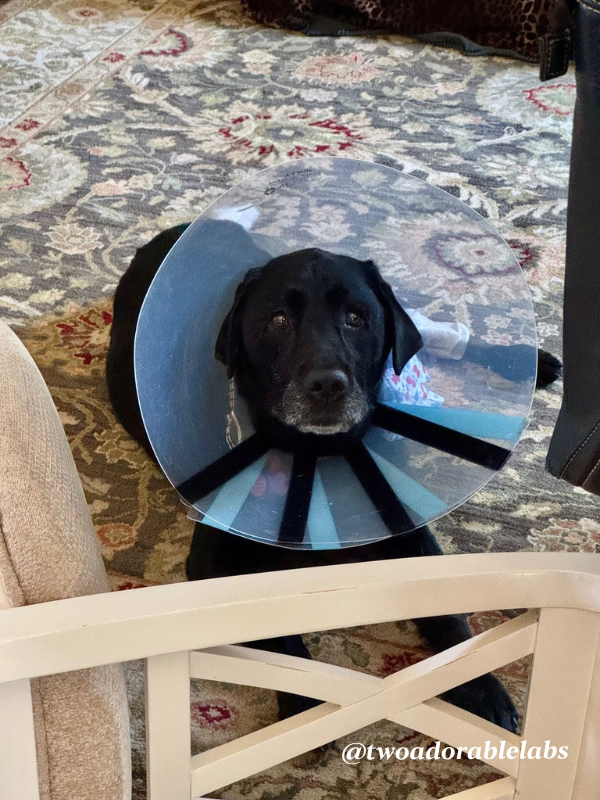
Jake at Rod's Western Palace
Rod’s Western Palace is a western boots, clothing, and tack store in Columbus, and they allow dogs! I called to verify, and they said Come on over! Jake made some friends and we bought boots! Ask for Joel in boots :-). He was so helpful and kind.

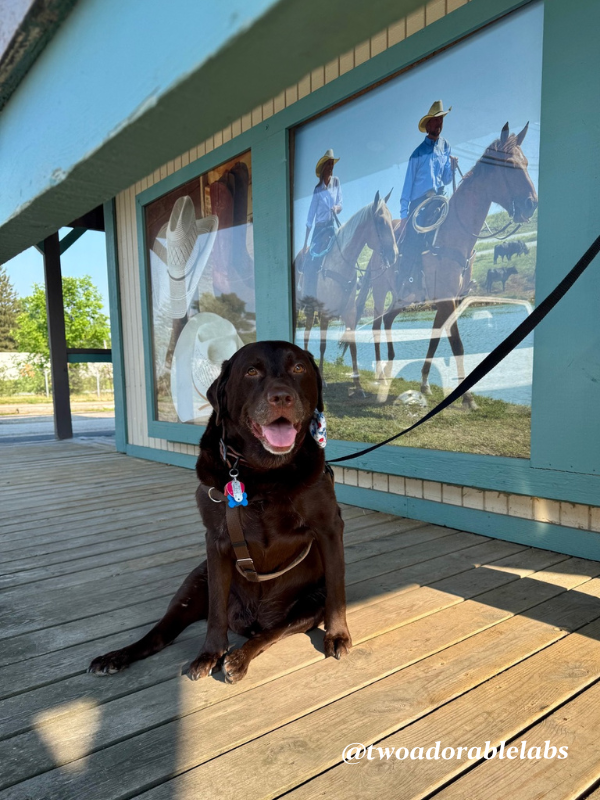
Surgeon’s Notes:
Cranial Crucite Ligament Rupture
Based on history, radiographs, and orthopedic exam findings, Maggie was diagnosed with a left cranial cruciate ligament (CCL) tear. Medical and surgical management was discussed and a tibial plateau leveling osteotomy (TPLO) was recommended and elected. This injury is very common in dogs. This condition is considered multifactorial with early degeneration of the ligament, genetic factors, and overload often from daily activity.
A left TPLO was performed to stabilize the left knee on 7/22/25. This procedure alters the angle of the tibial plateau (shin bone), and thus changes the distribution of forces on the knee to compensate for the ruptured ligament. Prognosis after TPLO is good with 85-90% returning to near normal function. Maggie had a torn meniscus that was debrided in surgery.
Latent meniscal tears can occur in a small population of dogs (~5%) that may warrant an additional surgery later in life if she becomes considerably lame. Approximately 50% of dogs eventually have rupture of the cranial cruciate ligament on the opposite leg within 1-2 years. If you notice lameness on the right side in the future, she should be evaluated. You may noticed Maggie scuff her toes on the left hind limb for about 24 hours post-operatively due to the nerve block she received prior to surgery.
Complications of this procedure include infection, dehiscence (opening up of surgical site), seroma formation (fluid pocket under the tissues), delayed bone healing, patellar tendon thickening, fracture, and implant failure. Follow the instructions above to optimize recovery and contact OSU if you have any concerns at any time.
While the TPLO stabilizes the stifle joint and improves function, osteoarthritis will still be present within the joint. Depending on the severity, Maggie may benefit from targeted therapy for arthritis such as joint supplements, fish oil, weight control, continued use of anti-inflammatories, joint injection, or physical rehabilitation.
In addition to her TPLO, Maggie also had a sebaceous cyst removed from her tail that has been submitted for histopathology. We will contact you when these results are made available. Complications associated with this procedure include infection, bleeding, scarring, necrosis of the tip of the tail, or recurrence. The bandage on her tail can come off in 2 days (7/25/25).
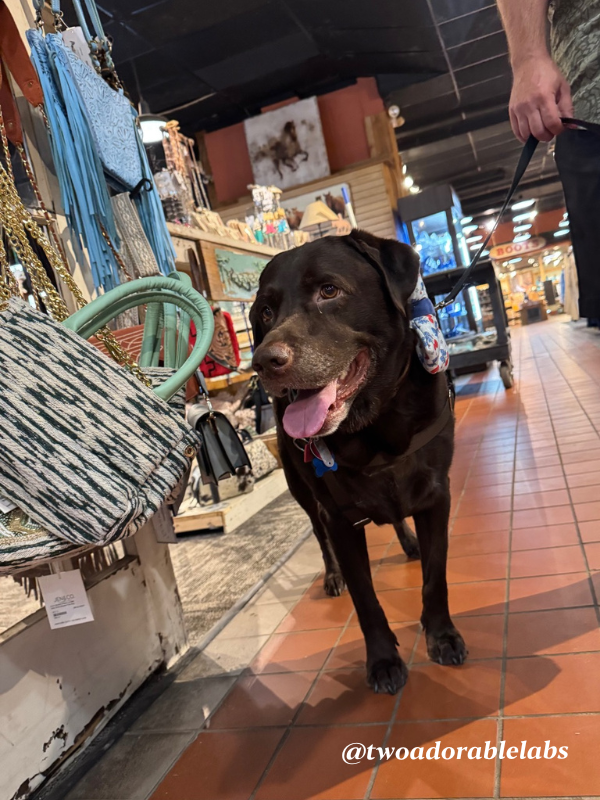
Medications:
Notice: Contents of this patient summary contains copyrighted material and should not be copied or used for non-OSU uses or for patients outside of OSU or for uses beyond the intended treatment for this specific OSU medical record/patient.
1. Rimadyl (Carprofen) 75mg tablet: Give 1 tablet by mouth every 12 hours for 10 days, then give as needed to treat pain and inflammation. Give with food. This is a non-steroidal anti-inflammatory medication (NSAID) to reduce pain and inflammation. Side effects include gastrointestinal upset, including vomiting, diarrhea, stomach ulcers, and rarely, liver or kidney damage. If you notice any lack of appetite, vomiting, diarrhea, dark/tarry stool, or decreased appetite, STOP the medication and contact a veterinarian. Do NOT combine with any other NSAIDs (aspirin, ibuprofen, Metacam, Deramaxx, etc) or steroids (prednisone). Next dose due at 8:00 pm tonight
2. Cephalexin 500 mg capsule: Give one 500 mg cephalexin capsule and one 250mg cephalexin capsule (total dose 750 mg) by mouth every 12 hours until gone (10 days). Give with food. This is an antibiotic. Side effects include GI upset (lack of appetite, vomiting, diarrhea). Give with food to minimize side effects.
Next dose due at 8:00pm tonight
3. Cephalexin 250 mg capsule: Give one 250 mg cephalexin capsule and one 500mg cephalexin capsule (total dose 750 mg) Give with food. This is an antibiotic. Side effects include GI upset (lack of appetite, vomiting, diarrhea). Give with food to minimize side effects.
Next dose due at 8:00pm tonight
4. Trazodone 150 mg tablets: Give 1- 1 ½ tablet(s) by mouth every 8-12 hours, as needed, to facilitate activity restriction. This is a sedative and anti-anxiety medication. It takes approximately 90 minutes to take effect. This medication is generally well-tolerated; however, side effects after use may include excessive sedation or hyperactivity. Please contact us if you are having trouble keeping Maggie calm with this medication.
Next dose can be given at anytime
5. Gabapentin 300 mg capsules: Give 1-2 capsule(s) by mouth every 8-12 hours, as needed for sedation. This is a sedative and anti-anxiety medication. It takes approximately 90 minutes to take effect. This medication is generally well-tolerated; however, side effects after use may include excessive sedation or incoordination. Please contact us if you are having trouble keeping Maggie calm with this medication.
Next dose can be given at anytime

At-Home Care Instructions:
1. Exercise Restriction:
Maggie’s activity must be restricted for at least the next 8 weeks, until there is radiographic evidence of bone healing. During this time, running, jumping, rough play, and off-leash activity are prohibited. Stair climbing should be limited as much as possible. If not possible, Maggie should be kept on a leash and encouraged to take slow and controlled steps. Alternatively, you may carry her. Maggie should not play or roughhouse with other pets during this time. Maggie must be confined to a kennel/pen or small room without furniture to jump on, when she is not being directly supervised. Maggie should be walked outside on a leash for urination and defecation purposes only for the first 2 weeks. Maggie is to be kept on a leash at all times when outside and should NOT be allowed to run free. All leash walks should be on a short leash, and Maggie should be encouraged to take slow, controlled steps. Excessive activity may result in implant failure, delayed bone healing, and other healing complications.
Weeks 1 – 2:Leash walk outside for urination and defecation only, assist with a harness if needed.
Weeks 3 – 8: Maggie may begin 5-minute leash walks 2-3 times a day starting week 3. You may then increase the leash by 5 minutes every week as tolerated (no increase in lameness) up to 20 minutes by week 8. If lameness is noted after the walks, decrease the time for a few days.
2. Incision Care:
Please monitor the incision daily for any evidence of infection such as worsening redness, swelling, pain, or any discharge. There is an incision on the inside of the left knee. A small amount of bruising, redness, and swelling can be normal immediately following surgery. If these signs are not resolving, please contact the OSU-VMC Orthopedic Surgery Service. The incision must remain clean and dry until incision heals (10-14 Notice: Contents of this patient summary contains copyrighted material and should not be copied or used for non-OSU uses or for patients outside of OSU or for uses beyond the intended treatment for this specific OSU medical record/patient. days). Do not allow Maggie to lick or chew at the incision. Please refrain from bathing Maggie during this period.
3. Elizabethan-Collar:
We have Provided Maggie with an E-collar that must be worn AT ALL TIMES until the incisions are evaluated at the 2-week recheck and deemed to be healed. Any self-trauma (licking/biting) at the incisions can promote infection and delay wound healing.
4. Feeding Instructions:
Feed Maggie as normal. Keeping Maggie at a leaner weight will decrease clinical signs associated with joint disease. Low-calorie snack food/treat options include green beans and carrots.
5. Post-Surgery Bowel Movements:
Maggie may take a few days to have a bowel movement due to the surgery and anesthesia. As long as
Maggie is not straining to defecate, you should not be concerned.
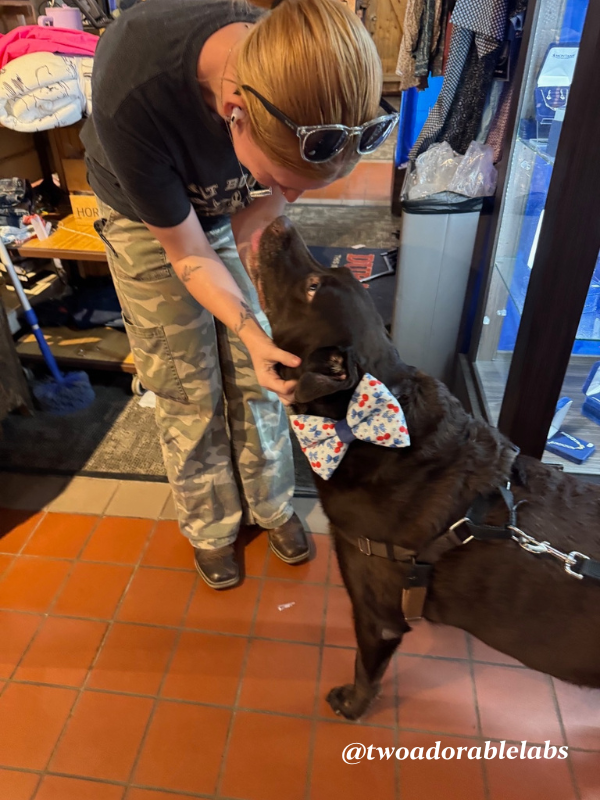
I hope this helps you or someone you know who is dealing with the same issues with their pet. These tears are very painful, and that’s why I got Maggie on pain meds immediately. The bottom graph shows what a dog’s leg looks like after a TPLO surgery. Both Jake and Maggie have the same surgical steel implant in their legs.
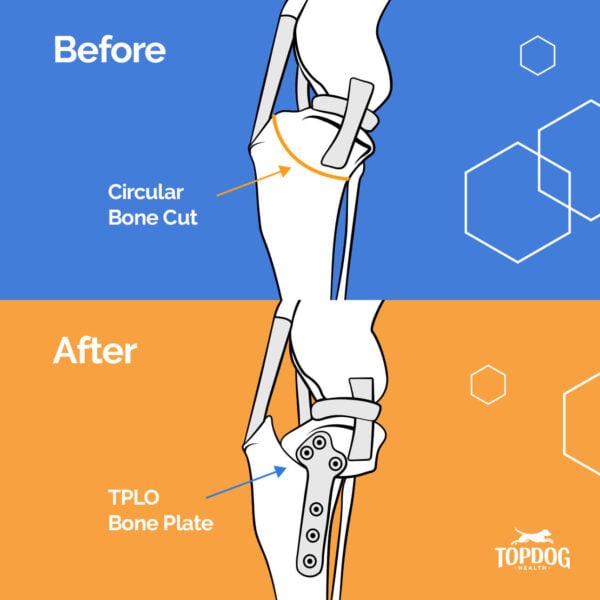
References:
Luxating Patella/Cranial Cruciate Tear


Two Adorable Labs has become a collection of all that I love. I’ll send one post each week on things that bring me joy on animal health, home decor, and food recipes for humans and our furry friends. I hope you enjoy these posts and much as I do creating them!
Jake at Town Hall Restaurant in Columbus, OH
Town Hall is a restaurant/bar that allows dogs in both their restaurant and outdoor patio! The menu has organic and keto-friendly dishes, and the food is delicious. They even have a small menu for your pup! The waitress brought over a bowl of water for Jake, which made him very happy :-).
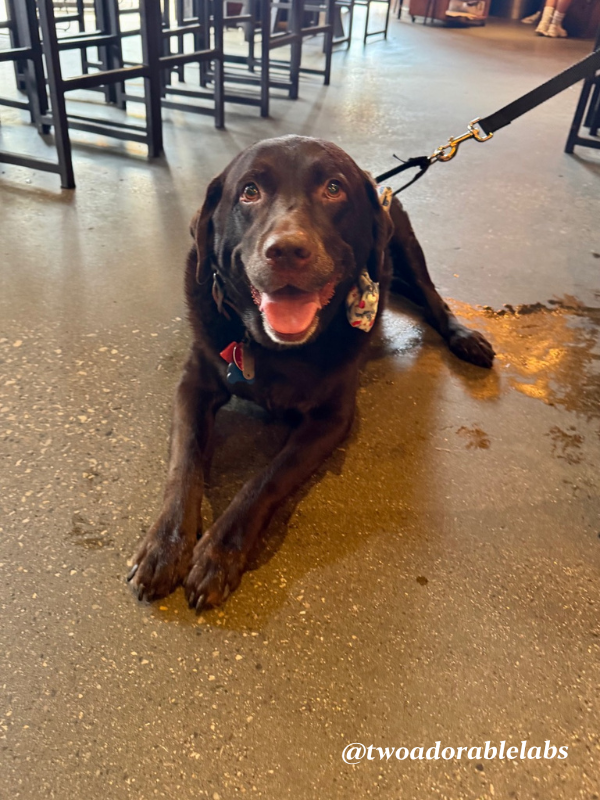

Jake at the Fairfield Inn and Suites and Bravo in Columbus, OH
We booked a room at the Fairfield Inn and Suites because it was only 7 minutes from OSU and they allow dogs. The room includes breakfast, but we stopped at Bob Evans for breakfast, which is .9 miles from the hotel. They don’t allow dogs, so we ate in the car.
You know who does allow dogs to dine?…..BRAVO! They have a beautiful patio where we sat with Jake under an umbrella-covered table. Our waiter, Juan, brought him a big bowl of water, and we ordered our favorite Shrimp Napoli and lasagna. If you are up for shopping, Bravo sits in the Lennox Town Center on Olentangy River Road!
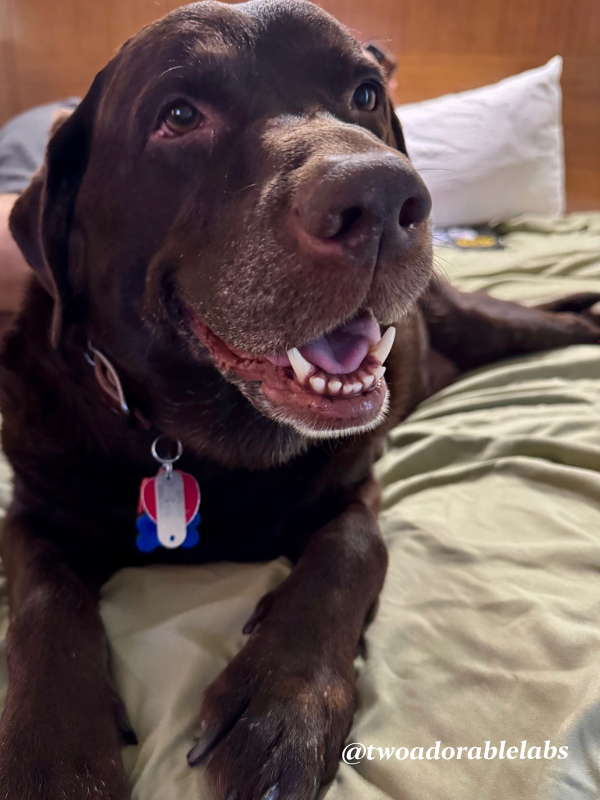
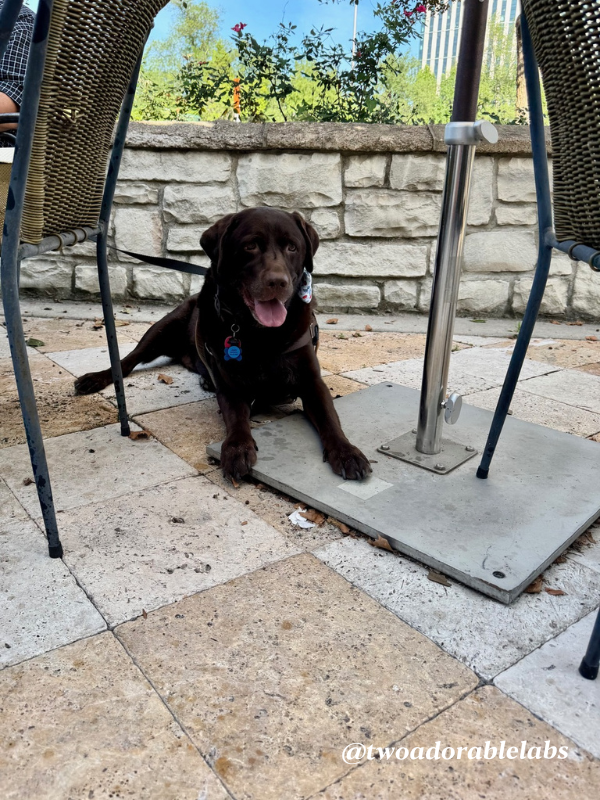
I love hearing from all of you and do my best to respond to each and every one of you. I always enjoy your comments, feedback, and suggestions so keep them coming! If I’ve posted a recipe (for our human and our furry friends) and you try it, don’t forget to tag me on Instagram @twoadorablelabs and use #twoadorablelabs.
If you do try and love my recipes, I would greatly appreciate a comment and rating. I read every single one and respond to them. It also lets Google know that the website contains quality content. The more comments and 5-star ratings, the more Google will show my blog in search results! Thank you so much!
As an Amazon Associate, I earn from qualifying purchases.

Jake and Maggie are now proud Ambassadors for Ava’s Pet Palace.
Log on to avaspetpalace.com/twoadorablelabs for 20% off your order!
Love, Jake and Maggie
You Might Also Like
Help Jasmine Get Adopted!
Jasmine A sweet pitbull named Jasmine is sitting at the Hancock County Animal Shelter waiting for adoption. My cousin adopted Jasmine from this shelter two years ago. Sadly, my cousin passed away recently, and the police were instructed to take Jasmine directly...
Air Quality & Pets: How To Stop Your Home From Getting Musty & Smelly
As absolutely amazing as a pet is, you can’t deny that they may give your home a certain odor. You know what we’re talking about; there’s a mustiness that comes with having a pet, which can make the quality of the air feel almost thick and a bit harder to breathe in....
What Is A Velcro Dog?
Happy Wednesday, everyone! Today we are asking…What Is A Velcro Dog? All dogs have different cuddling styles and ways of showing affection. Jake loved being near me, and his favorite spot was on the couch, lying with his head in my lap while I massaged his ears and...
Cancer In Dogs
Happy Wednesday, everyone. Today, we're discussing cancer in dogs and what to look for. But first, I want to give a big thank you to all of you who called, sent texts, emails, and cards over Jake’s passing. Mr. TAL and I received messages from all over the world,...
Rest In Peace, My Sweet Jake
Today I write with overwhelming sadness as I pay tribute to our Jake. His sudden passing has left us heartbroken. My words can’t describe the pain we feel without him. Jake passed away last week from a large cancerous mass on his spleen that ruptured, metastasized,...
Sick Day? How to Stay Nourished While You Recover
Happy Wednesday, everyone! Sick Day? How to Stay Nourished While You Recover When you're feeling under the weather, your body shifts into a healing mode. This requires the right fuel so that you can feel as well as possible as quickly as possible. While your appetite...

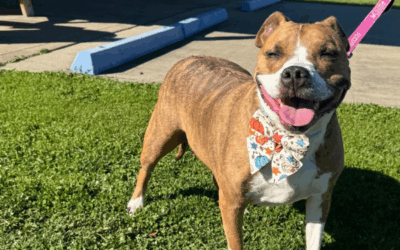
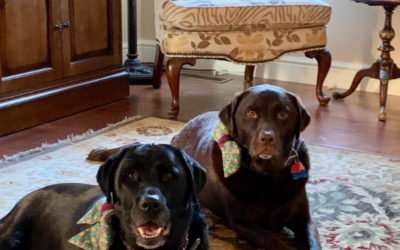

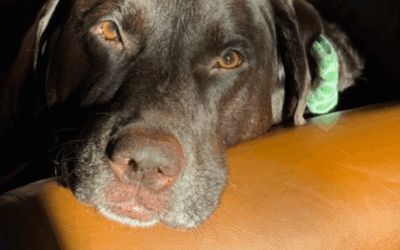
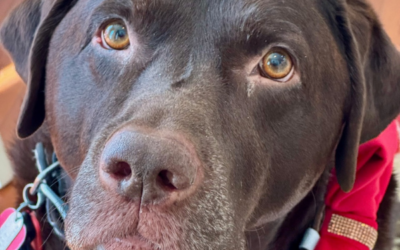
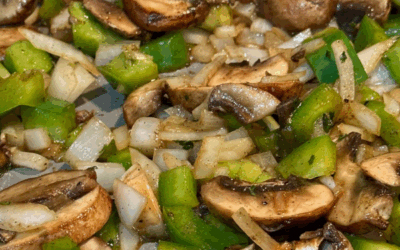
0 Comments